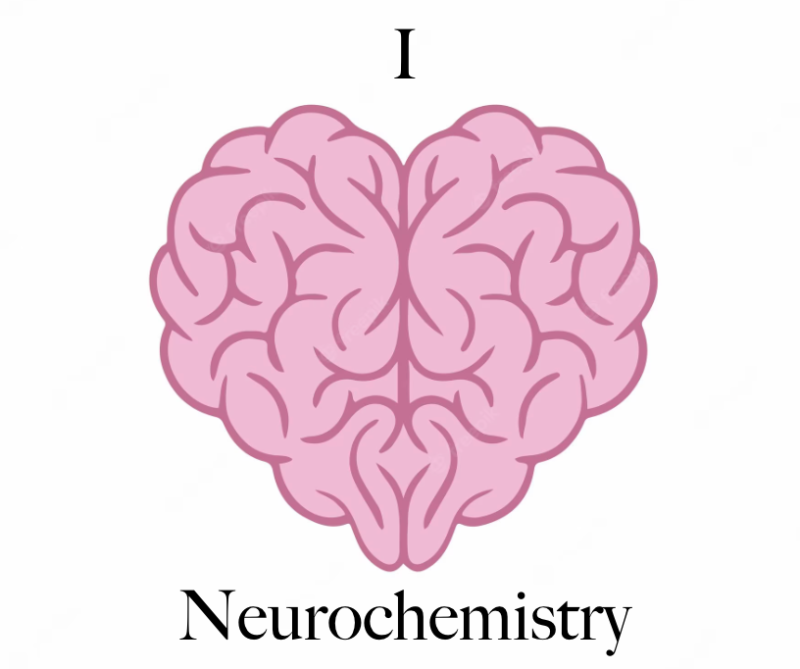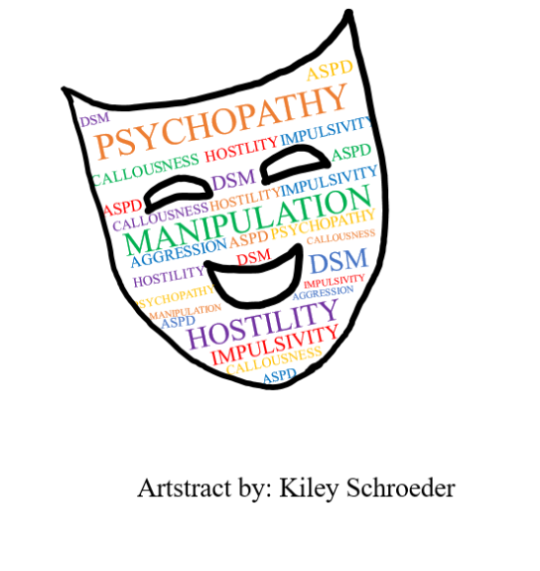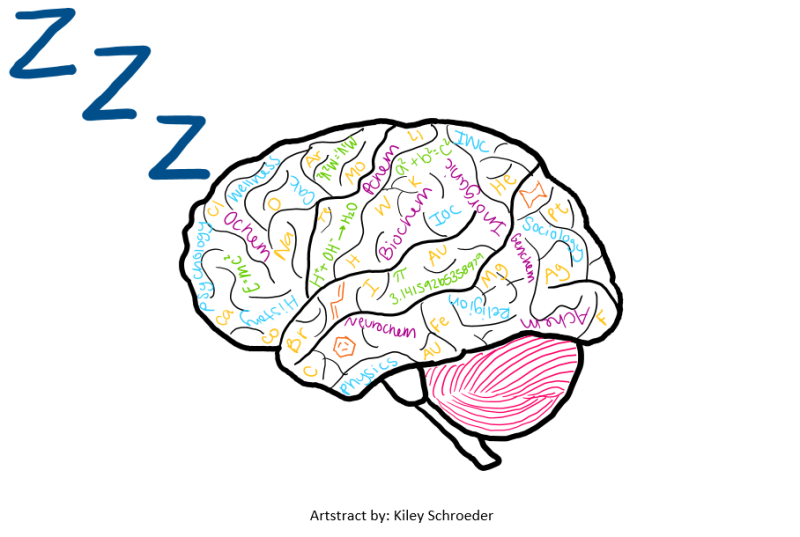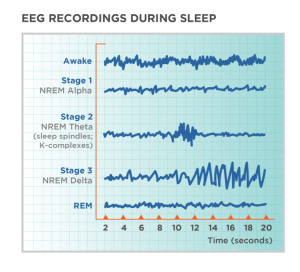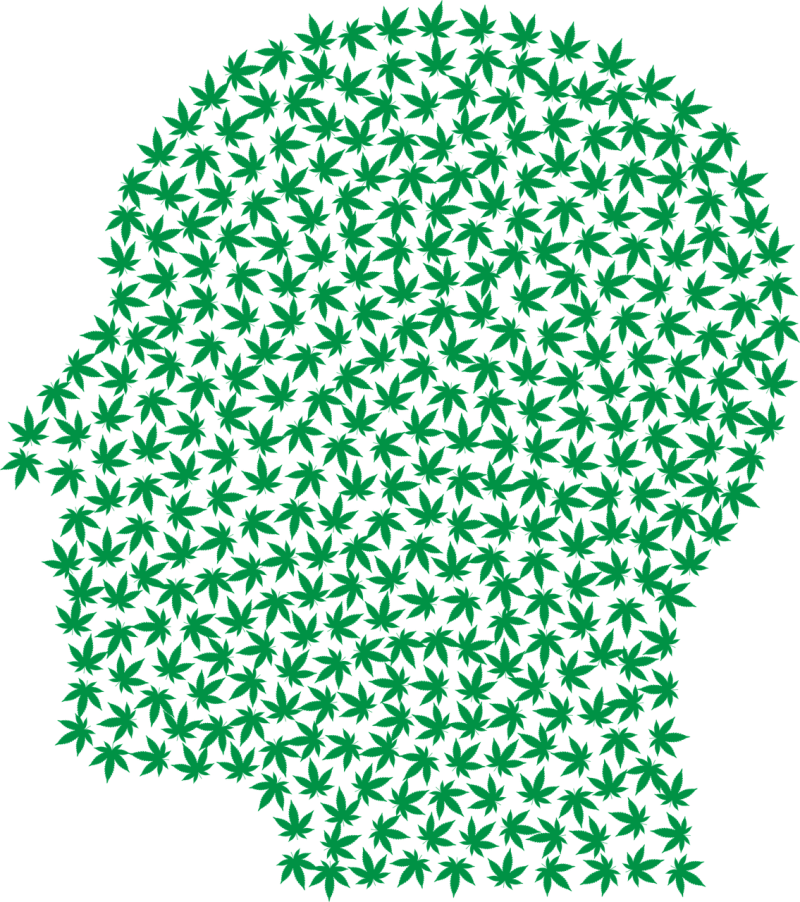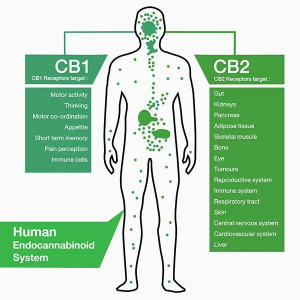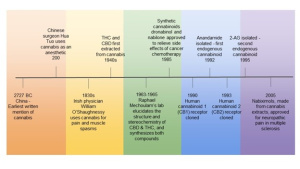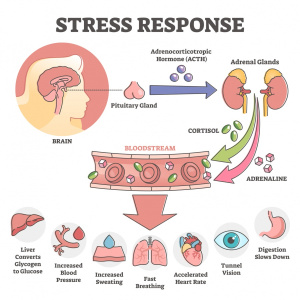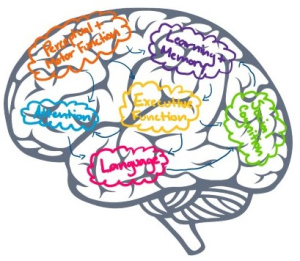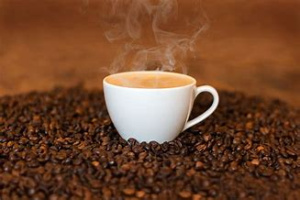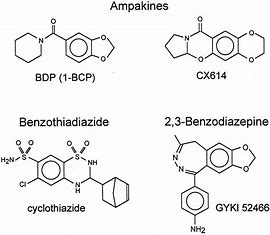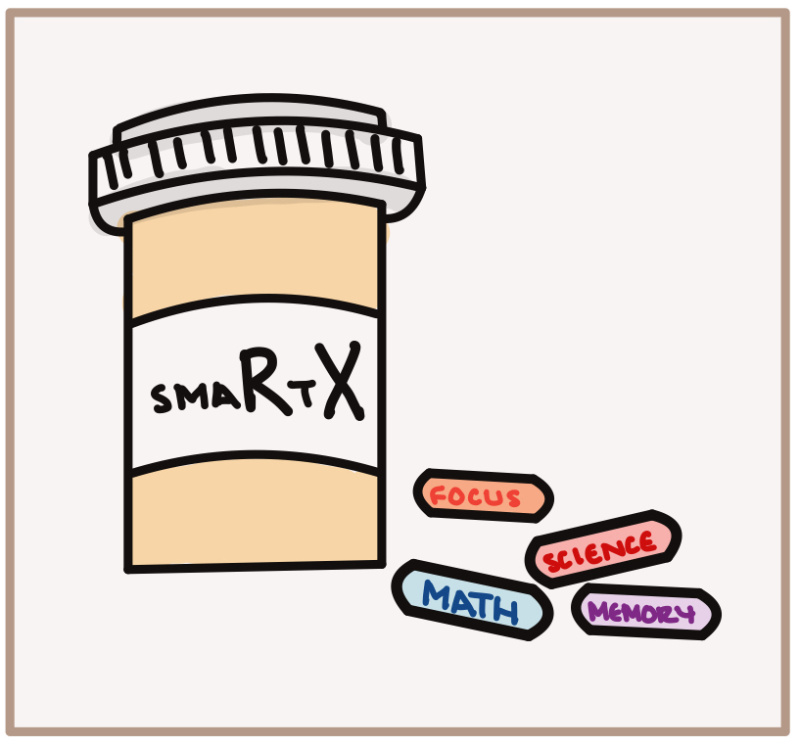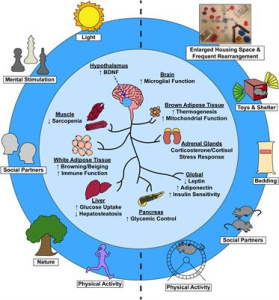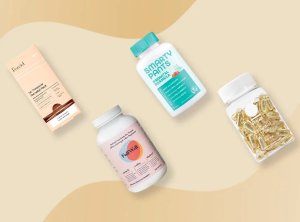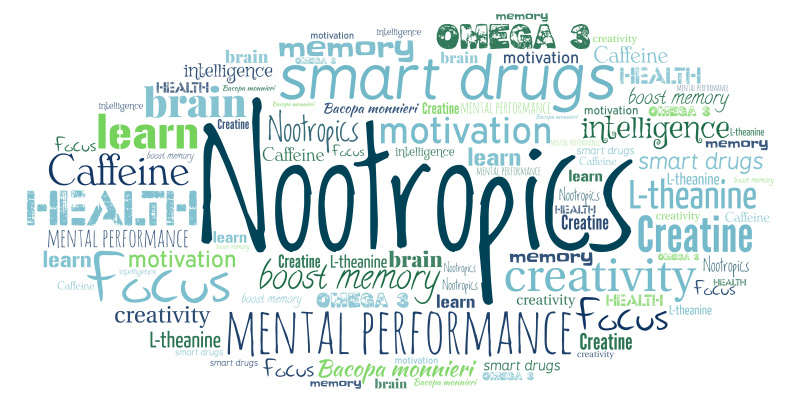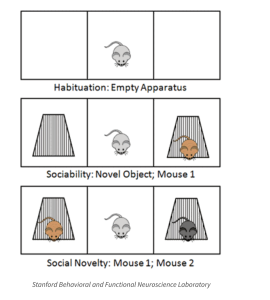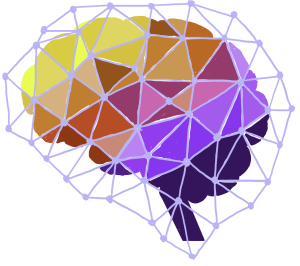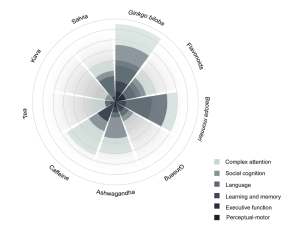My four years at Concordia have been nothing short of amazing. I have grown so much personally, emotionally, and academically, and I know that is all thanks to Concordia’s focus on liberal learning.
My Unexpected Chemistry Journey

I came to Concordia with an undecided major, but knew I wanted to be on the pre-med track. I felt my science experience in high school was not as good as every other pre-med my age, so I had no confidence in myself majoring in any STEM discipline starting out. My chemistry class in high school consisted of watching Bill Nye or doing homework for other classes because we had a long-term sub who did not know chemistry. Basically, Chem 127 was my first chemistry class ever. I fell into the pre-med default of a biology major early on, very much disliked it (I am not much of a plant girl – ecology was my last straw), and after taking organic chemistry I knew chemistry was where I wanted to be. I love math and I love puzzles, and that is what chemistry is! The beauty of my journey, though, is that as much as I disliked biology, I could not have enjoyed chemistry without it because my biology courses taught me how to study and how to piece things together. This is just one example of interdisciplinary perspectives coinciding in my liberal arts education.
Neurochemistry was everything I have ever wanted in a class. I love chemistry, but I also love the human body and I have been dreaming of the day when these two subjects would come together somehow. I lived that dream my final semester at Concordia! I found that neurochemistry easily checked all five boxes of Concordia’s liberal learning goals, but there are three very prominent goals that this class fulfilled the most for me as a graduating student.
- Neurochemistry instilled a love for learning. The material in this class was something that made me excited to read the research articles each week, because of the various topics’ prevalence, recency, and relatability. I found that the things we were learning about diseases or drugs would somehow arise in my everyday life allowing me to apply my knowledge and educate those around me! This is something that has always made subjects like anatomy and organic chemistry more enjoyable for me because I could always find something in the real world to utilize my new knowledge and quiz myself with! I found myself doing research for fun in this class and developing a fascination for signaling cascades which was something I despised prior to this semester.
- Neurochemistry helped to develop foundational skills. From this semester alone, I did more primary article reading, public speaking and science communication, critical thinking, and interdisciplinary connection than all seven of my previous semesters combined. These skills are so incredibly important, and I will carry them with me throughout my further education in medical school (let’s hope I make it there). The thing I loved the most about organic chemistry was how everything could be pieced together like a puzzle, and I found that neurochemistry was very similar in that way too! This was especially highlighted on our exams which I found to be very fun. As a doctor one day (hopefully), this skill of piecing bits of information together will also be important along with the many other skills gained from this course.
- Neurochemistry cultivated an examined physical, and spiritual self-understanding. The last three semesters have been tough for me. I have never been so burned out and so exhausted in my entire life. With medical school applications and the MCAT getting closer, I have questioned my future plans so much feeling as though I will never be good enough to live my dream of being a doctor. Imposter syndrome at it’s finest! With this burn out, I lost my enjoyment and love for learning. Neurochemistry was my saving grace. This course reminded me about how much I love problem solving, listening to other people’s inputs and ideas regarding an issue, and how much I just love science. Having the ability to discuss medical issues using anatomy, physiology, and chemistry was the refresher I needed academically, and it kept me going on my medical journey! Neurochemistry is one of my favorite classes I have ever taken for this reason.

Concordia’s liberal arts education provided me such perfectly interconnected knowledge the last four years. Each semester, without fail, I found ways in which all my courses were lining up in some way (even the one semester that I had PChem, Biochem, and Religion), and I was constantly reminded that many concepts, especially the ones you dislike, always come back for reiteration and application because they are actually important. To this day, I am still using the concepts I learned as a freshman! Neurochemistry was truly the icing on the cake that was my time at Concordia. This class utilized my primary article reading skills, research skills, communication skills, anatomy and physiology knowledge, biochemistry and organic chemistry knowledge, and psychology knowledge that I have developed over the last four years. While reviewing a lot of material that I had forgotten from previous years, I also learned so much from this course and gained a tremendous understanding of what it means to be a Cobber and have the privilege of receiving a liberal arts education. Not to mention that I had some of my most favorite people ever in this class who have helped make my chemistry experience even more amazing. They even made suffering through PChem enjoyable which is impossible. I love my “What In the H Hat” group (it’s a PChem joke) so much! I truly could not imagine a better course than neurochemistry to end my time at Concordia with!
Thank you Concordia and the Concordia Chemistry Department. I will miss you!

